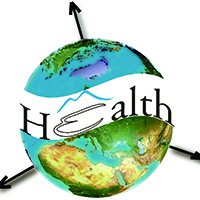Using the location-allocation P-median model for optimising locations for health care centres in the city of Jeddah City, Saudi Arabia

All claims expressed in this article are solely those of the authors and do not necessarily represent those of their affiliated organizations, or those of the publisher, the editors and the reviewers. Any product that may be evaluated in this article or claim that may be made by its manufacturer is not guaranteed or endorsed by the publisher.
Authors
Considering spatial accessibility of health services is a critical part in the planning and management of health services. There is evidence that poor geographical locations can obstruct prompt basic health care services to some population sections. We developed a location-allocation P-median model for health centres after analysing their sites, demand location of health services and the road network in Jeddah, Saudi Arabia. This model attempts to optimize health care services network and to put forward location recommendations to maximise service coverage. Our model is shown to be useful as it provides a robust evidence base to urban planners and policymakers responsible for making spatial decisions for the development of the health sector. Besides, it follows the paradigm of new urbanism that encourages decentralisation of essential facilities including basic healthcare in cities, where emphasis is on offering all basic services within walkable distances of 15 min. or less.
How to Cite
PAGEPress has chosen to apply the Creative Commons Attribution NonCommercial 4.0 International License (CC BY-NC 4.0) to all manuscripts to be published.













